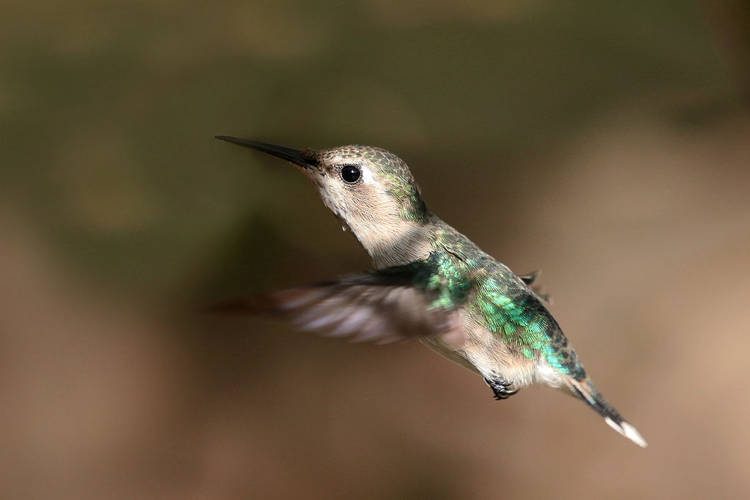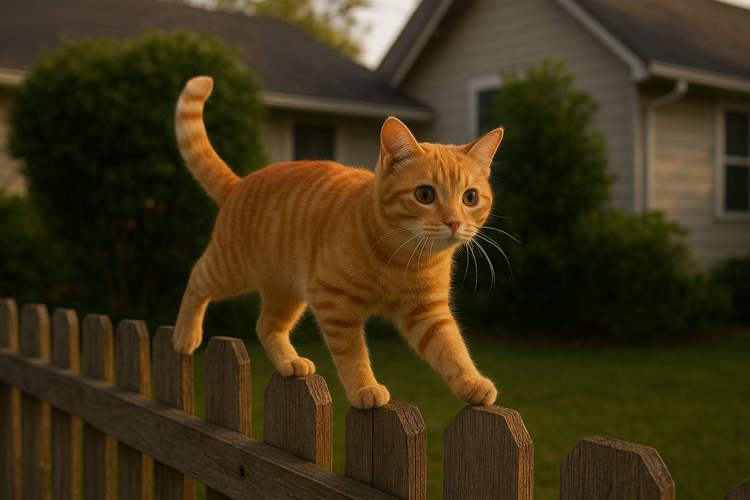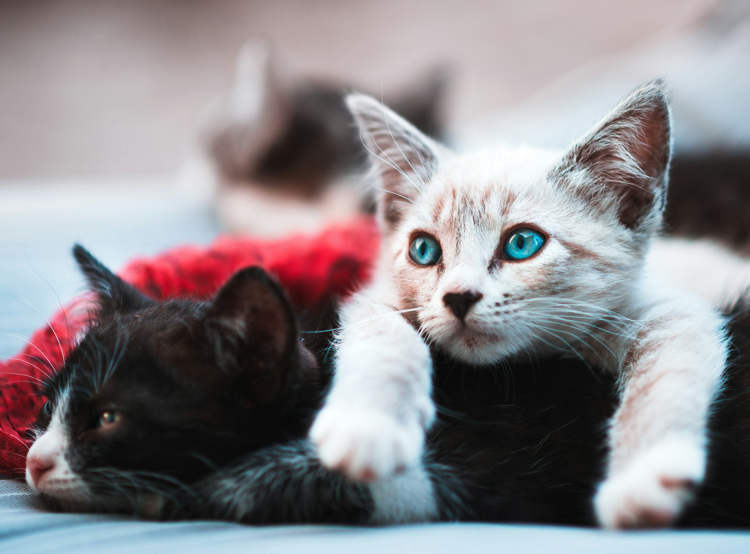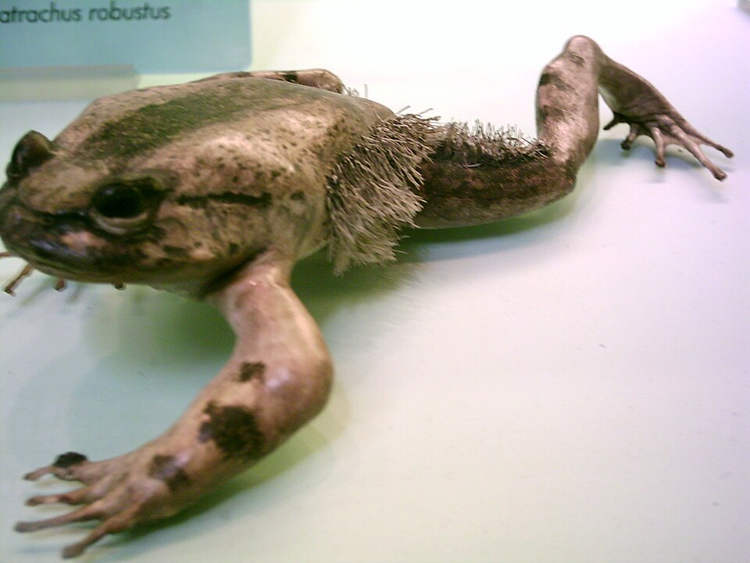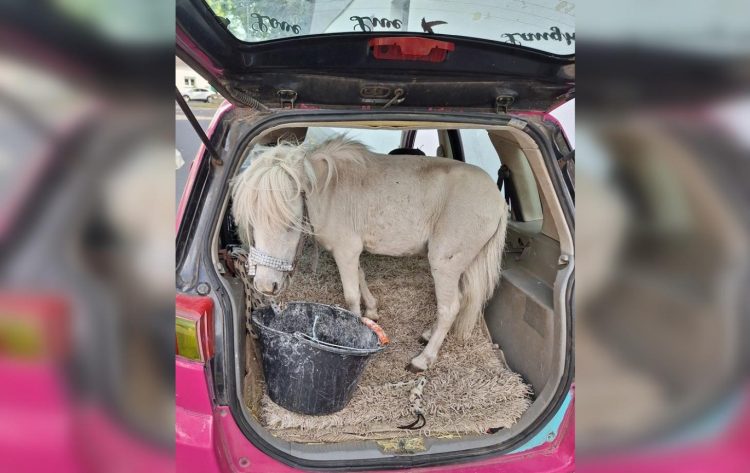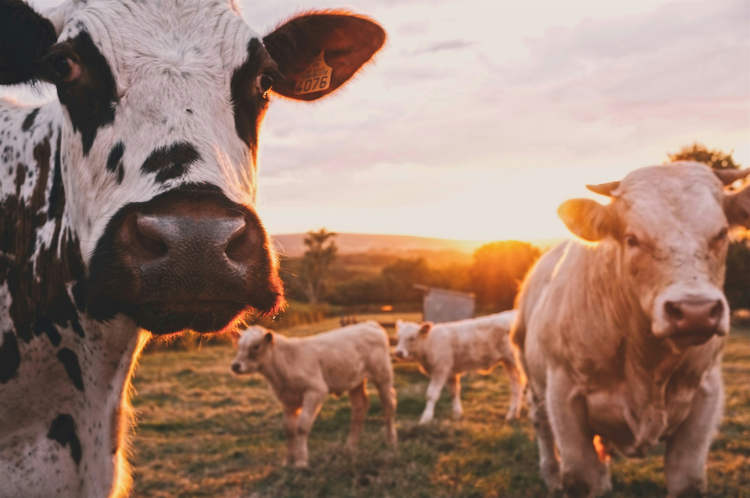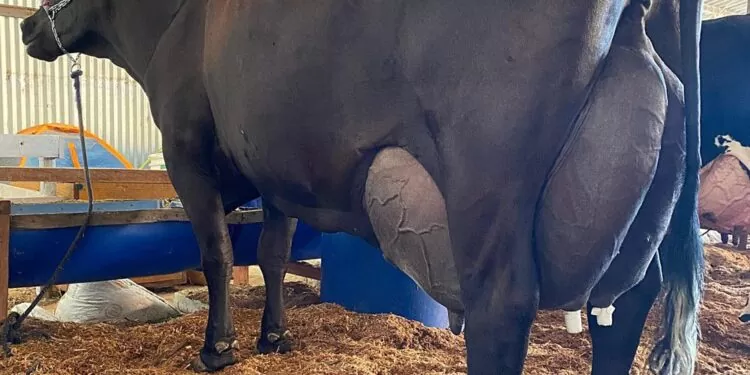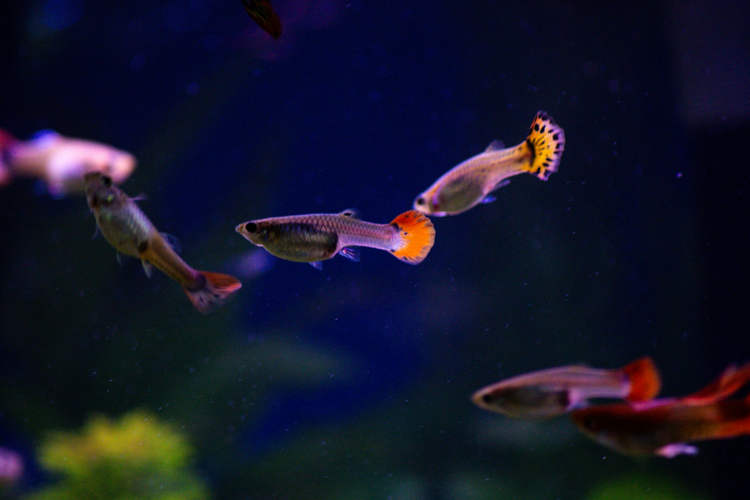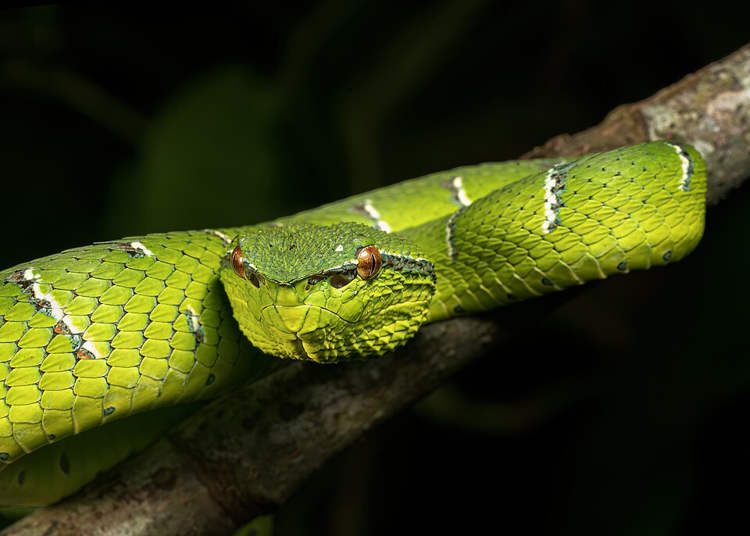Only slightly larger that the insect it’s named after, the Bee Hummingbird weighs no more than two grams and lays eggs roughly the size of coffee beans. It is officially the world’s tiniest bird.
Found only in Cuba, the Bee Hummingbird is extremely small even for a hummingbird, so much so that people often mistake it for an actual bee when they see it hovering over flowers. But this tiny flier not only looks like an insect, it also competes against them for resources. It is the result of a phenomenon scientists call “island dwarfism”, where certain species have problems competing against larger species for resources, so they get smaller and smaller over evolutionary time to avoid running out of food and start competing against other categories of organisms.
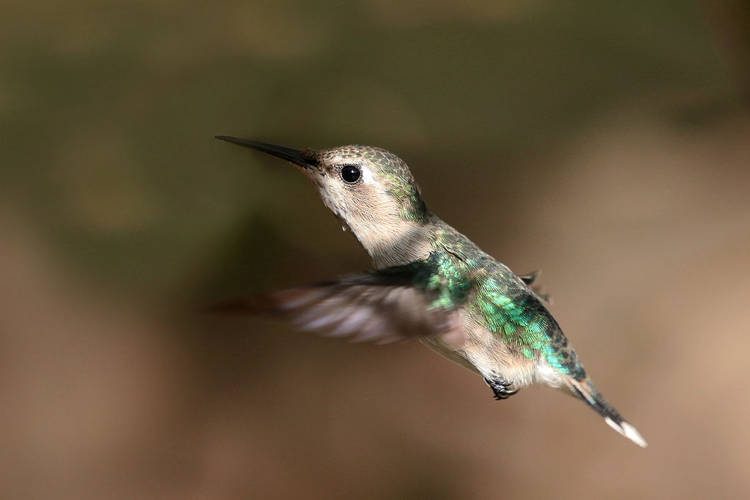
Photo: Sharp Photography/Wikimedia Commons (CC BY-SA 4.0)
Bo Dalsgaard, an ecologist at the University of Copenhagen, explains the size of the Bee Hummingbird as a consequence of island dwarfism. Apparently, most Caribbean islands always have two or three hummingbird species, one large and one small, and Cuba is no different, it just happens to be home to world’s smallest hummingbird. It shares this habitat with the emerald hummingbird, which grows to more than twice its size.
“Later, the ancestor of the bee hummingbird arrived on Cuba and took up the role as the smaller of the two hummingbirds,” Dalsgaard told Wired Magazine. “To avoid feeding competition with the Cuban emerald, it had to evolve to be an even smaller hummingbird, competing more with insects for nectar.”
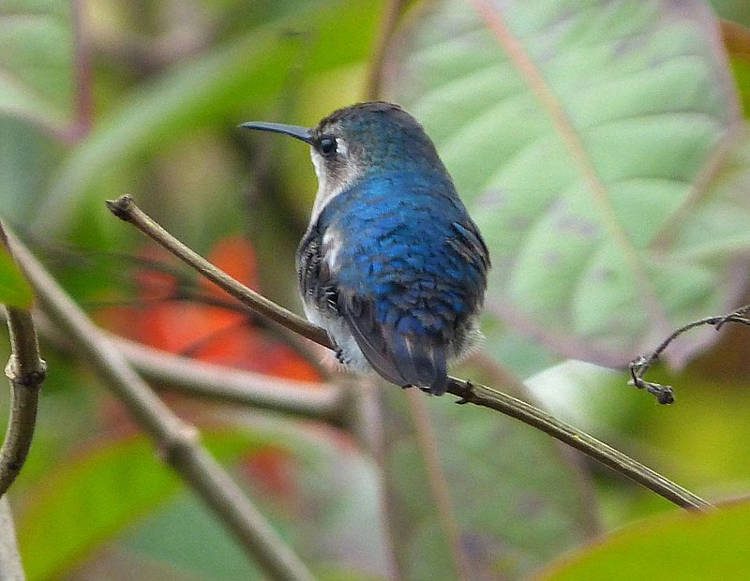
Photo: Gail Hampshire/Flickr
Shrinking to the size of a large bug allowed the bee hummingbird to avoid starvation, as pollinating insect diversity on islands isn’t the same as on the mainland, because insects usually have a hard time travelling over large bodies of water. However, being so tiny does come with some strict conditions for survival.
Being a tiny organism costs a lot of energy, because the metabolic rate and body heat loss is much higher, and because the bee hummingbird is an exceptionally fast flier (25 – 30 mph) and spends more time flying than any other hummingbird species, it needs a lot of food. It is estimated that one bee hummingbird needs to feed on at last 1,500 flowers a day just to survive.
Even with plenty of nectar and mosquitoes in its daily diet, the world’s tiniest bird cannot maintain its body heat during the night. To survive, it goes into a state known as “torpor”, a kind of semi-hibernation that reduces both bodily functions and energy needs.
According to Wikipedia, male bee hummingbirds are 5.5-cm-long on average, while females only slightly larger. These birds weigh less than a dime and build nests roughly the size of a quarter. Their tiny eggs are the size of coffee beans. When nesting, females keep the males away from the eggs, as their bright feathers may attack predators. Even the females are known to first stop somewhere near the nest, wait for a few moments to make sure there is no threat, and only then return to the eggs.
Bee hummingbirds can live up to 7 years, significantly longer than other hummingbirds, but they are currently classified as “near threatened” to extinction, partly because of loss of habitat, but also because of climate change and strong storms.

